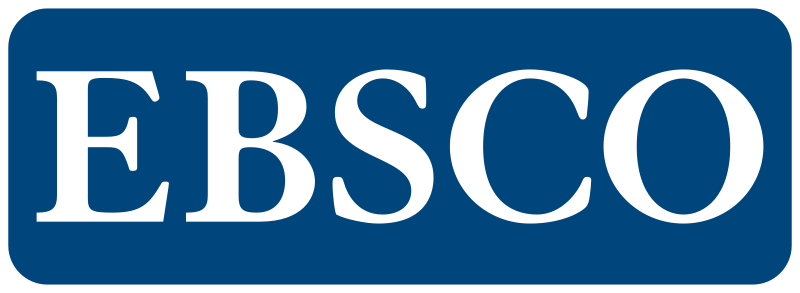Creating an atmosphere of enthusiasm and motivation in the classroom
Creating an atmosphere of enthusiasm and motivation in the classroom
Main Article Content
In the current educational field, the figure of the teacher is being increasingly scorned by students, this has been generating a series of factors in which students do not feel motivated for learning or make them find diverse excuses for not appropriating their own knowledge. This article aims to encourage and help the teacher to adapt his/her role and exercise it in such a way it could be a channel that stimulates learning in students without make them feel pressed or obligated. Three components are mentioned in the article and will help to approach this topic: creativity, innovation and intellectual stimulation. Although in the process of forming, these components must be developed in a connected way, many see them as isolated factors or not interconnected. The correlation that these three elements have is important in the management and organization inside the classrooms, because it has the purpose of calling students’ attention, making them more involved and aware of their own learning process, making them feel responsible of fulfilling the proposed aims, stimulating their capacities in the achievement of the goals. On the other hand, to recognize the importance of the teacher’s role, his/her passion for teaching and to form, are key points for creating motivational and enthusiastic environments, this leads students to assimilate and to be interested for learning in a more natural and fresh way without leaving apart the exigency and excellence in their processes.
Downloads
Article Details
Bolkan, S., & Goodboy, A. K. (2010). Transformational leadership in the classroom: The development and validation of the Student Intellectual Stimulation Scale. London. Routledge Publisher. DOI: https://doi.org/10.1080/08934215.2010.511399
Bolkan, S., Goodboy, A. K. & Griffin, D.J., (2011). Teacher Leadership and Intellectual Stimulation: Improving Students’ Approaches to Studying through Intrinsic Motivation. Communication Research Reports, 28, pp. 337-346. Available from: https://pdfs.semanticscholar.org/cc25/61a4b95e4bd9fdd362f3f640f6617d4e006e.pdf DOI: https://doi.org/10.1080/08824096.2011.615958
Day, C. (2004). A Passion for Teaching. London and New York. RoutledgeFalmer. DOI: https://doi.org/10.4324/9780203464342
Fried, R. L. (1995). The Passionate Teacher: A Practical Guide. Boston, Mass.: Beacon Press.
Guilford, J.P (1950). Creativity. American Psychologist, 5, pp. 444-454. DOI: https://doi.org/10.1037/h0063487
Harden, R. & Laidlaw, J. (2017). Essential skills for a medical teacher: An introduction to teaching and learning in medicine. Second Edition. Dundee, UK. Elsevier Publishing.
Looney, J. W. (2009). Assessment and Innovation in Education. OECD Education Working Papers, No. 24. Available from: https://www.oecdilibrary.org/docserver/222814543073.pdf?expires=1533066035&id=id&accname=guest&checksum=8F8F2D88A59A7CADE0AD2BB42AE98309
Morris, W. (2006). Creativity. Its place in education. Pp. 5-6. Available from: http://www.creativejeffrey.com/creative/Creativity_in_Education.pdf
OECD. (2016). Innovating Education and Educating for Innovation: The power of Digital Technologies and Skills. Paris: OECD Publishing
Sanz, A. and Lizarraga, M. A. (2007). Creatividad individual y grupal en la educación. Madrid: EIUNSA










